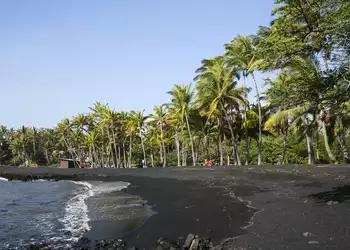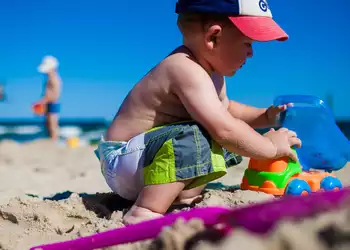Every guest of the Hawaiian islands expects to attend a luau during their stay. Luaus are the highlight of various films, cartoons, and stories that take place in Hawaii. These beach parties are traditional events that bring people together to feast, dance, and enjoy various forms of entertainment. The highlight of course, is that they take place on a tropical paradise.
The Luau centers around traditional Hawaiian music and hula dancing. While luaus are popular events for guests and locals, the events even bleed into larger celebrations. It’s common for weddings, birthdays, and graduations to also turn into luau celebrations.
A Brief History of Luaus
Men and women were forbidden from eating meals together in ancient Hawaii. These rules and regulations went even further—women and other members of society were not allowed to eat food that was served for special occasions. All of this changed in 1819 when King Kamehameha II took away all laws on the Hawaiian islands that were based on religion, including laws that determined where women could eat and what foods could be eaten. To commemorate the decision, King Kamehameha II hosted a meal to eat with women and eradicate the religious taboos for good. This was the beginning of the luau party as we know it today. Amid the food, drinks, festivities and entertainment at a luau, one part of the festival shines bright above the rest. Guests are treated to a performance that lights up the sky—and if it weren’t for fire safety—could light up their wardrobes. This activity? Fire twirlers, or fire knife dancers. They are the hottest performers at a luau.Where Did Fire Dancing Begin?
Fire knife dances are a Samoan tradition that have been passed down from generation to generation. These dances began as knife dances, otherwise known as Samoan Ailao. They were used before warriors went to battle as a way to pump them up for war. These dances involve twirling a nifo oti, the traditional name for a war knife. The first man to bring fire into the dance was Letuli Olo Misilagi. His new tradition has stuck ever since. Letuli went on to write a book about the idea and how fire knife twirling came to be. He was known as the “father” of the Samoan Fire Knife. Unfortunately, Letuli died before finishing the book, though it was still published and can be purchased at various Hawaiian bookstores and you can likely find the book online. The book is titled, “Flaming Sword of Samoa.” Letuli passed away at the age of 84.How Did Knives Get Involved?
Fire dancing originally began with machetes. These machetes would be wrapped in towels on both ends with part of the blade in the middle of the weapon exposed. In Samoa, these dances have additional names of Siva Afi or Ailao Afi. Dancing also includes knives twirling and spinning, and various other acrobatic stunts. In order for the fire to stick on these knives during the dances, the towels that are placed on the knives are set on fire.What Types of Performances Occur?
Fire dancing consists of a number of different performances. Fire is twirled on knives. These knives are juggled. Fire is manipulated. And dancers perform various other acrobatic stunts and moves.
Some devices that are used in performances are single wands or knives, but performers will also use sets of tools that are up to six feet long with multiple ends. Don’t be surprised if you even see your fire twirler using a nunchuck tool, a bowl meteor, or even fire jump ropes. Because what combines athleticism, knives and fire manipulation better than turning the routine into an athletic event with a jump rope?
Regardless of the tools the fire dancers you encounter use, you’ll be wowed and impressed by their ability to manipulate fire using athletic maneuvers, while doing so in an environment with such high-stakes where they could potentially be injured. There is not much room for error when knives and fire are involved, but don’t worry, these artists are professionals. Viewers are not harmed while watching.





